|
| Platinum-Palladium prints |
| |
| The
platinum-palladium process is a contact printing technique that has both visual and tactile qualities. | | A platinum-palladium print has the look and the feel of an engraving. The warm, nuanced and matte rendering of the image (which is embedded into the paper itself) gives it a unique and timeless character. The types of paper used for this process are made out of natural fibers (linen, cotton, mulberry, hemp, etc.), with no colourants or additives. In terms of longevity, the platinum-palladium process is the most stable photographic printing technique that currently exists.
Pure cotton, linen, kozo, gampi and other papers, from 3.6 to 310 g/m2, all formats up to 1.30x2.10m. |
| |
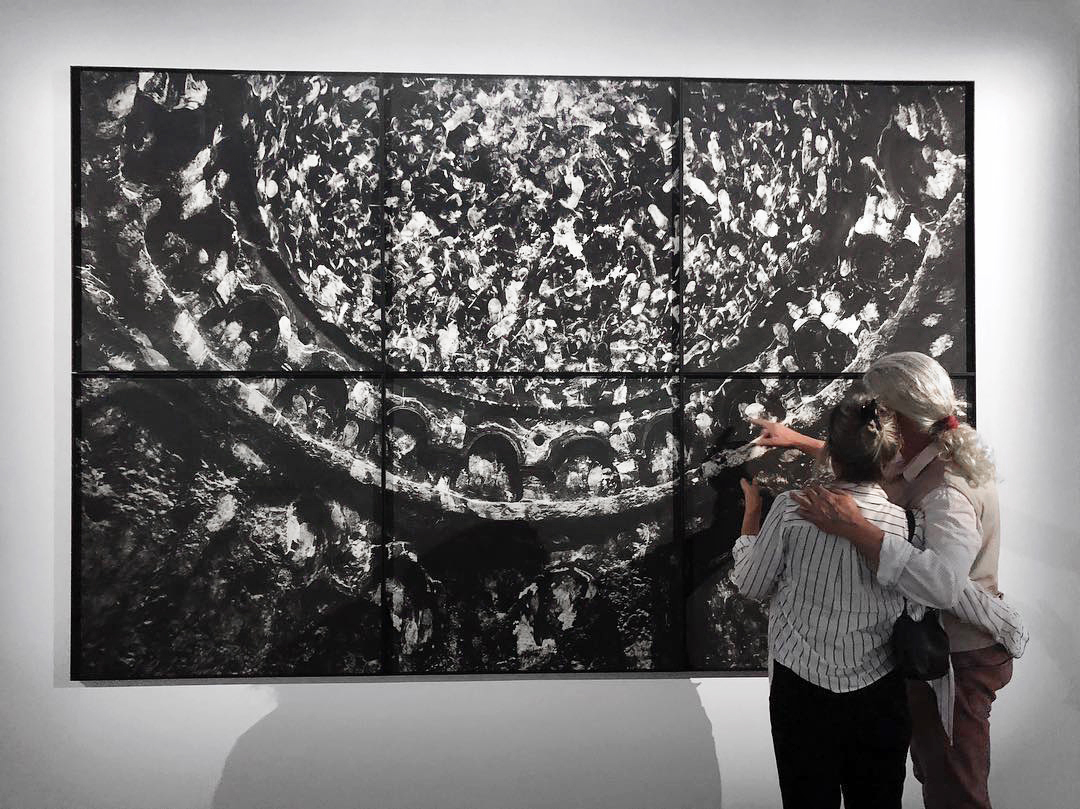 Platinum-palladium
print 200x300 cm on cotton paper with 6 prints 100x100 cm
Pascal
Convert / Galerie Eric Dupont / Musée Guimet | | Platinum-palladium
prints on pure cotton paper, 46x60 cm
André Villers / Gagosian Gallery
| 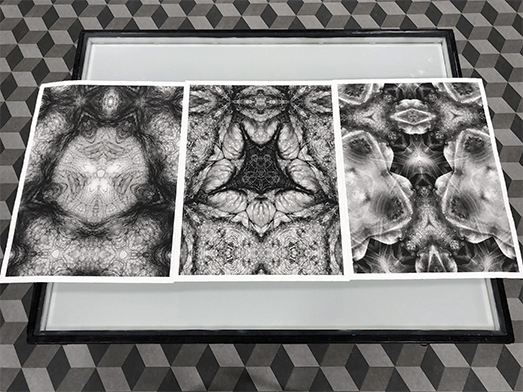 |
| 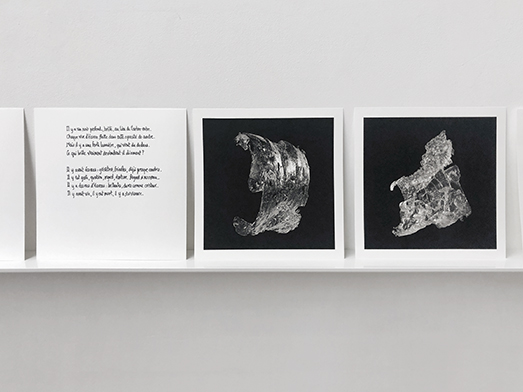 | 3 platinum-palladium prints on cotton paper, 60x80 cm
François
Rouan |
| Portfolio
of 12 platinum-palladium prints on cotton paper, 28,5x28,5 cm and texts printed on cotton paper
Pascal Convert / Georges Didi-Huberman / Galerie Eric Dupont
| |
|
|
|
 |
|
|
|
Cyanotype and argyrotype prints
|
|
The laboratory also carries out cyanotype and argyrotype contact print processes, according to the same qualitative criteria as for the platinum-palladium process.
|
| The
cyanotype process has the distinctive characteristic of creating Prussian Blue (blue-cyan) prints, whereas images obtained through the argyrotype process are brown in colour.
The overlaying of two contact print techniques is possible in order to create a blue tone on a platinum-palladium print.
Pure cotton, linen, kozo, gampi and other papers, from 3.6 to 310 g/m2, all formats up to 1.30x2.10m.
|
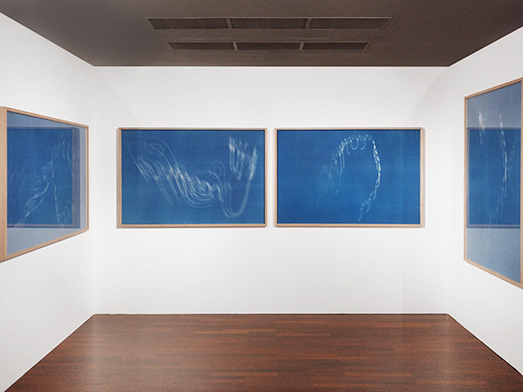 | | 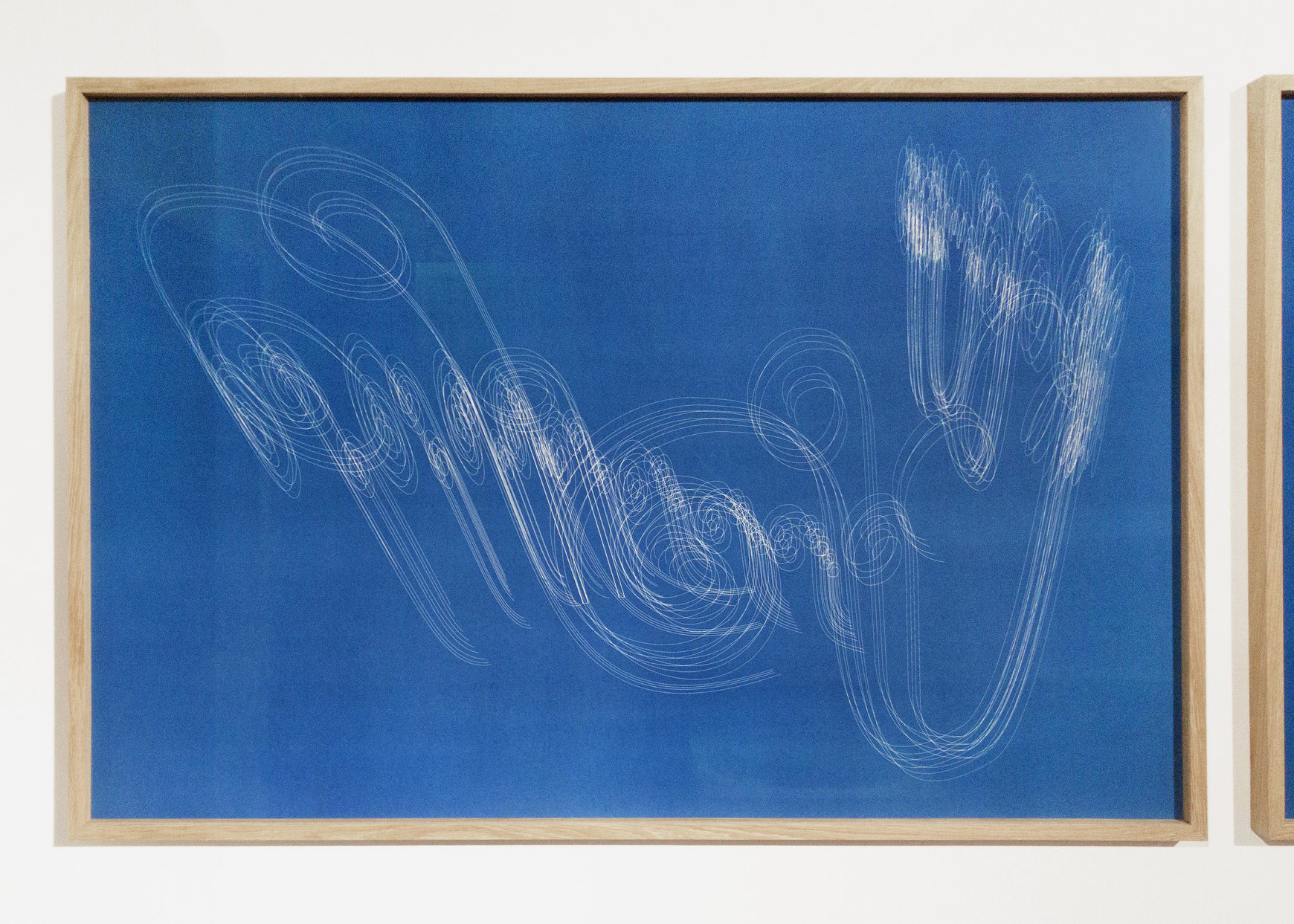 |
Cyanotypes prints on cotton paper, 110x160 cm
Pascal
Convert / Galerie Eric Dupont |
|
Cyanotypes prints on cotton paper, 110x160 cm
Pascal
Convert / Galerie Eric Dupont |
 |
Inkjet negatives
|
| |
| The
contact of the future platinum-palladium print can be made either from an analogue negative suited to the process, or from an inkjet digital negative transparency. | | The digital negative transparency can be made from a scanned analogue negative or directly from a digital file: the image is processed on retouching software (cleaning up, reinterpretation and application of correction curves) and then printed as a negative on high-definition transparency film.
The quality of an inkjet negative (definition, nuances, etc.) made with Piezography® inks is equivalent to the quality of a print on paper. This process also allows to render the image before making the contact print, so that it will retain all these characteristics. Printing on high-definition and high-density transparency film, with or without margins, all formats up to 1.10m wide. |
| | | |
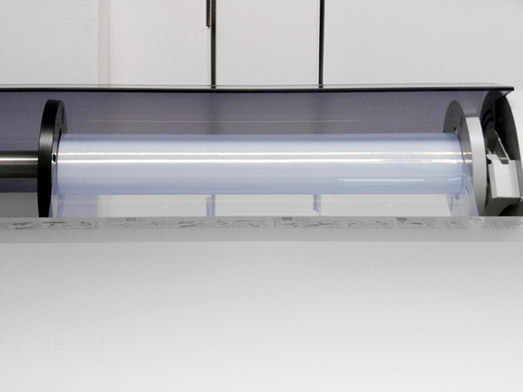 Transparent film for printing inkjet negative transparencies | | 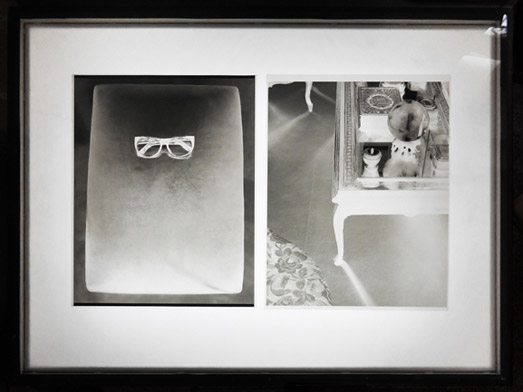 Inkjet negative transparencies for platinum-palladium prints, 60x75cm
Ivan Terestchenko |  | |
| Restoration |
| |
| If
you wish to make platinum-palladium prints, the digital tools used to create the negative transparency on inkjet transparent film offer multiple possibilities for retouching and rendering. | | This is a real godsend for old negatives that have often deteriorated or whose processing and exposure were not always as precise as is possible nowadays.
The images shown as examples hereafter are part of an assignment from the Diputación Provincial de Huesca, for their exhibition dedicated to the work of the Aragonese photographer Ricardo Compairé Escartin (1883-1965). Most of the original turn-of-the-century glass plates were damaged. The workshop scanned, retouched and rendered them before making inkjet negative transparencies in order to create the final palladium prints on cotton paper. |
| |
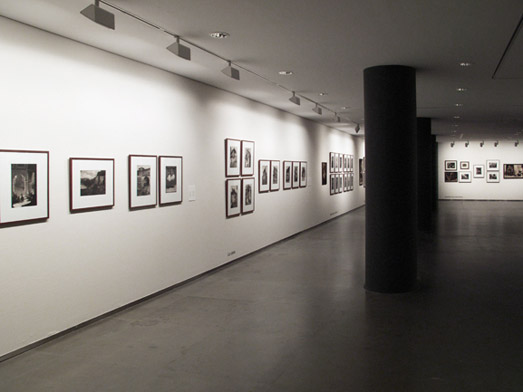 Palladium prints on pure cotton paper, 35x48cm
Diputación de Huesca (Spain) | | 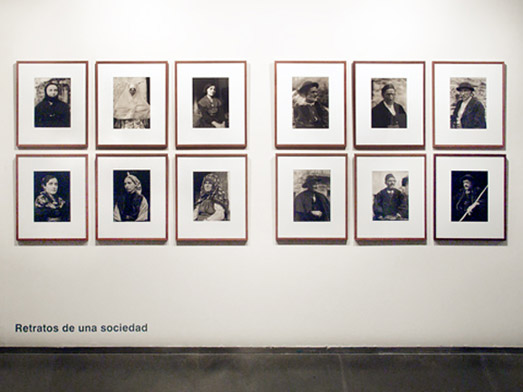
Palladium prints on pure cotton paper, 35x48cm
Diputación de Huesca (Spain) | |
 |
| Types
of paper |
| |
Types
of paper with different origins can be used for the contact printing processes. Some have been specifically designed for these techniques whilst others need to be prepared.
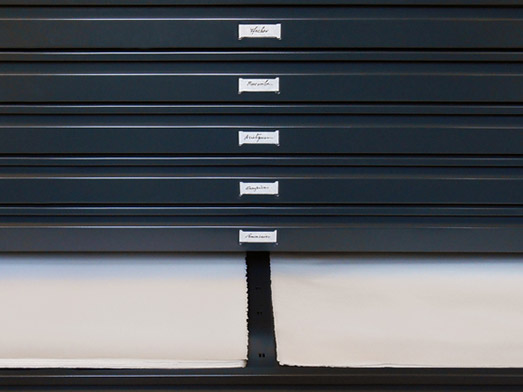 Arches Platine paper, 305g
 | | 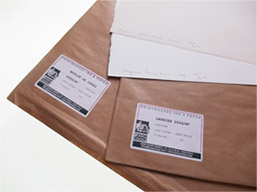 | | Kozo paper
| | Cotton paper
| | | Hahnemühle
Platinum Rag - Weight: 300g/m² - 100% cotton
Natural white paper, one side smooth and the other textured, resistant, great stability.
New Arches Platine - Weight: 145 and 305g/m² - 100% cotton
Natural white paper, one side smooth and the other textured, resistant, similar to Hahnemühle paper.
Tosa Hakkinshi #1, #2 - Weight: 28g/m² - 70% Kozo/30% Gampi & 80% Kozo/20% Gampi
Japanese mixed fiber papers.
Awagami papers - Weight: 30g and 60g g/m² - 100% Mitsumata or Gampi
Fine and delicate Japanese papers.
Tosa Washi - Weight: 28g/m² - 10% kozo, 70% paper pulp, 20% rayon
White paper, one side rough and the other smooth and fine, for optimal sharpness.
Herschel Platinotype - Weight: 200g/m² - 100% linen
Herschel paper is handmade and is specially designed by Ruscombe Paper Mill for contact printing processes.
Château Vellum - Weight: 110g/m² - 100% linen
Except for its weight, the Château Vellum paper has exactly the same composition as Herschel paper. Since it is a thin paper type, it has a slightly satiny look to it, whilst being quite warm in tone.
Buxton Platinotype - Weight: 240g/m² - 100% cotton
Like Herschel paper, Buxton paper is handmade and is specifically designed for contact printing processes. It is characterised by its velvety look and is less rigid than Herschel paper.
Argentia - Weight: 120g/m² - 100% cotton
Fine, warm-toned and velvety paper.
Crane - Weight: 120g/m² - 100% cotton
Fine and very white paper.
Laurier - Weight: 250g/m² - 100% cotton
White paper, with a slightly pronounced grain.
Moulin de Couzi - Weight: 245g/m² - 100% cotton
Fine grain white paper.
RK00 - Weight: 3.6g/m² - 100% kozo
Extremely fine paper for specific use.
And many more besides
|
 |
Mouting, framing and finishing
|
| |
| The
presentation and protection of prints is an integral part of the printing process. | | Once they have been dried, the platinum-palladium prints are touched up in minute detail. Then they are pressed and wrapped in a polypropylene protective sleeve made from Mylar or cotton paper. Prints can also be mounted and framed to measure. We propose frame mouldings of different sizes and made from raw timber, which can be stained, varnished, waxed, etc. The frames can be fitted with standard or invisible glass (ClearColor®). Prints that are to be shipped are protected between sheets of thick card or between chipboard for larger formats. Prints are shipped with postage tracking and insurance by La Poste (the French national postal service) or by the shipping company. |
| |
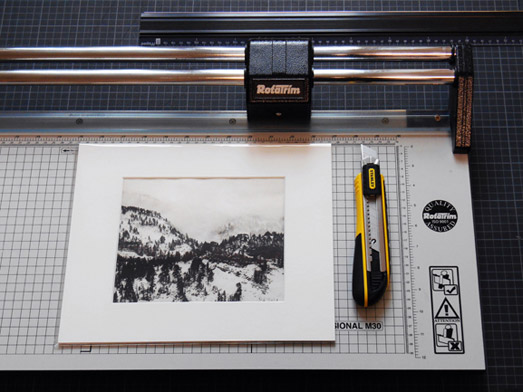 Presentation in a picture mount sleeve, Mylar protection | | 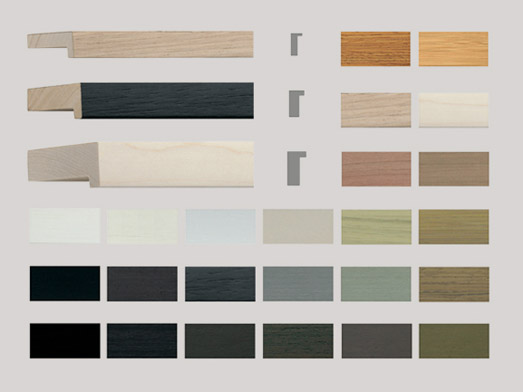 Nielsen frame mouldings | |
| |


